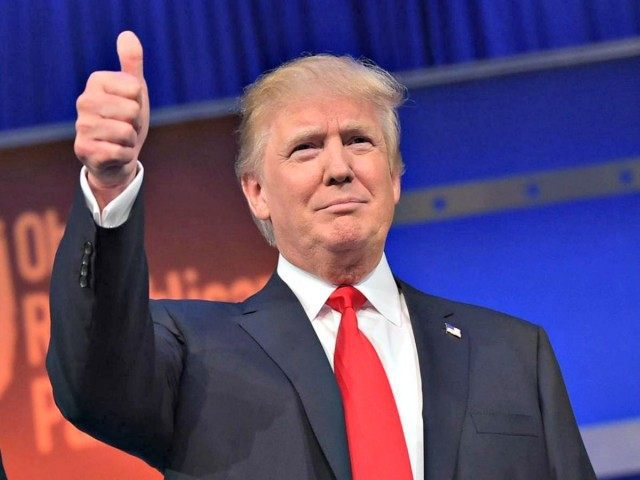Trump’s tax plan is designed to gain Republican support from populations that tend to vote Democrat by eliminating federal income taxes on 61 percent of black and 55 percent of Hispanic couples, while eliminating income taxes on almost 50 percent of millennial women.
Trump would eliminate all federal taxes for individuals making under $25,000 and couples making under $50,000. He would pay for the cuts by eliminating the Wall Street hedge funds’ infamous “carried interest” loophole, curb most individual income deductions, force multi-national corporations to repatriate $2.1 trillion in overseas profits or pay a 10 percent tax, and begin immediate taxation on overseas earnings of American corporations.
According to the United States Census for 2013, that would not only cut taxes on 37 percent of all US couples, but more importantly from a Republican political effort to reach out to populations that normally vote Democrat. Trump’s plan would eliminate taxes on 55 percent of Hispanic couples, 61 percent of black couples and about 50 percent of 18 to 34 year old millennial women.
Trump’s plan was applauded by the press for its level of detail, and then attacked as a revenue loser in the same manner that President Ronald Reagan was attacked for his Tax Reform Act of 1986.
Although Reagan’s plan supposedly had just two rates–15 and 28–percent, personal tax exemptions were phased out sequentially under Reagan’s tax reform to produce a higher 33 percent effective top marginal rate on upper-class taxpayers. Trump’s tax plan would slash that top rate to 25 percent, the lowest level in eighty years. But eliminating exemptions and deductions could actually make the rich pay more.
President Reagan’s tax revenue as a percentage of GDP actually rose slightly from a 40 year average of 18.1 percent to 18.2 percent. While Reagan’s federal spending as a percentage of GDP fell from a 40 year average of 22.4 percent to 20.7 percent.
Although liberals and the press have claimed that tax cuts do not stir economic expansion, a 2012 study from Christina Romer, the Obama Administration’s first Chairperson of the Council of Economic Advisers, states: “Tax increases appear to have a very large, sustained, and highly significant negative impact on output … [and] tax cuts have very large and persistent positive output effects.”
The main reason the press has tended to oppose tax cuts is that the nonpartisan Congressional Budget Office and the Joint Committee on Taxation traditionally used “static measurement” to evaluate the effect of a new law on spending, revenue and the deficit. Under this scenario, there was a bias against tax cuts, because they were always analyzed as a net revenue loser to the federal government.
But the Wall Street Journal reported that House Republicans passed a rule earlier this year that requires the CBO to use behavioral “dynamic scoring” for major legislation. This means that when a tax change is evaluated, the analysis must account for the behavioral responses by companies to the level of employment and investment when taxes are increased or decreased.
Since Trump’s tax cuts undoubtedly will be scored dynamically as stimulating companies to invest more in property, plant, equipment and hiring, his tax cuts will be dynamically scored by CBO as expanding the economy and federal tax revenue.
Trump’s plan appears to be economically sound and is very clever politically in building a broader Republican coalition.

COMMENTS
Please let us know if you're having issues with commenting.